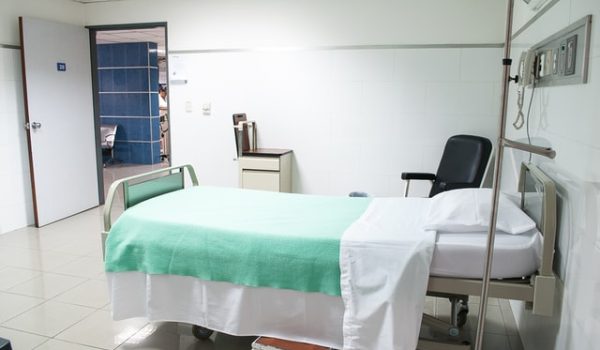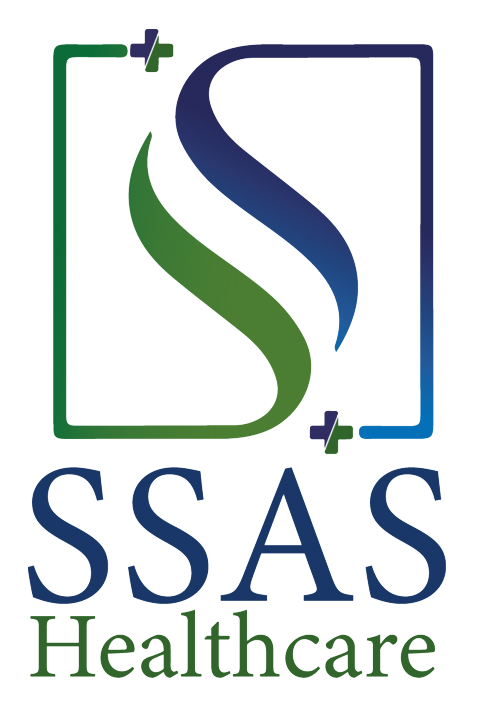6 Most Common Occupational Health Risks and How to Prevent Them- Medical room Facility Services, As we spend a significant amount of time at our workplaces, it is crucial to prioritize occupational health and safety. Occupational health risks can harm employees’ health and lead to absenteeism, decreased productivity, and increased healthcare costs. As a result, employers need to invest in occupational healthcare services to identify and prevent common occupational health risks. This article will discuss the six most common occupational health risks and ways to prevent them.

1. Musculoskeletal Disorders (MSDs)
Musculoskeletal disorders are a common occupational health risk resulting from poor ergonomics in the workplace. MSDs affect the musculoskeletal system, including muscles, tendons, ligaments, and nerves. Common MSDs include carpal tunnel syndrome, tendonitis, and low back pain. To prevent MSDs, employers should provide ergonomic workstations, adjustable chairs and desks, and appropriate training on proper lifting techniques. Additionally, employees should take regular breaks to stretch and move around.
2. Respiratory Illnesses
Respiratory illnesses are caused by inhaling hazardous substances in the workplace. Common hazardous substances include dust, chemicals, and fumes. Exposure to these substances can lead to respiratory illnesses such as asthma, chronic obstructive pulmonary disease (COPD), and lung cancer. Employers should provide personal protective equipment (PPE) such as masks, respirators, and gloves to prevent respiratory illnesses. Employers should also invest in proper ventilation systems & proper Medical Room Facility Services to reduce exposure to hazardous substances.
3. Hearing Loss
Exposure to loud noise in the workplace can lead to hearing loss. Construction, manufacturing, and transportation industries are at a higher risk for hearing loss. To prevent hearing loss, employers should provide earplugs or earmuffs to employees who work in high-noise areas. Employers should also implement hearing conservation programs, including regular hearing tests, employee training, noise control measures & Medical Room Facility Services.
4. Stress and Mental Health Issues
Work-related stress can have a significant impact on employees’ mental health. Stress can lead to anxiety, depression, and burnout. Employers should prioritize employee wellness programs to prevent stress and mental health issues. Employee wellness programs can include mental health resources such as counseling, mindfulness training, and stress management workshops. Additionally, employers should promote a healthy work-life balance and encourage employees to take time off when needed.
5. Chemical Exposure
Chemical exposure in the workplace can lead to various health issues, including skin irritation, respiratory issues, and cancer. Employers should provide appropriate PPE such as gloves, respirators, and eye protection to prevent chemical exposure. Employers should also invest in proper ventilation systems, provide employee training on the safe handling and disposal of chemicals, and implement regular monitoring and testing for hazardous substances.
6. Infectious Diseases
Infectious Diseases can be spread in the workplace through contact with contaminated surfaces, exposure to bodily fluids, or close contact with infected individuals. Industries such as healthcare, hospitality, and food service are at a higher risk for infectious diseases. To prevent the spread of infectious diseases, employers should provide appropriate PPE, such as gloves, masks, and gowns. Employers should also implement proper cleaning and disinfecting protocols and provide employee training on infection control measures.
Occupational health risks can significantly impact employee health and productivity, resulting in lost work hours and increased healthcare costs for employees and employers. In this article, we have outlined the six most common occupational health risks and provided strategies for their prevention.
Repetitive motion injuries, respiratory hazards, noise-induced hearing loss, musculoskeletal disorders, chemical exposure, and mental health issues are the most prevalent occupational health risks. To prevent these risks, employers can provide ergonomic workstations, appropriate personal protective equipment, and training for proper lifting techniques, implement regular ergonomic assessments and air quality testing, and create a supportive work environment.
Medical Room Facility Services can also play a crucial role in preventing occupational health risks by offering occupational health assessments, workplace health promotion programs, and medical surveillance. Employers can create a positive and productive work environment by prioritizing employee health and safety, reducing healthcare costs, and promoting a healthy and sustainable workforce.
